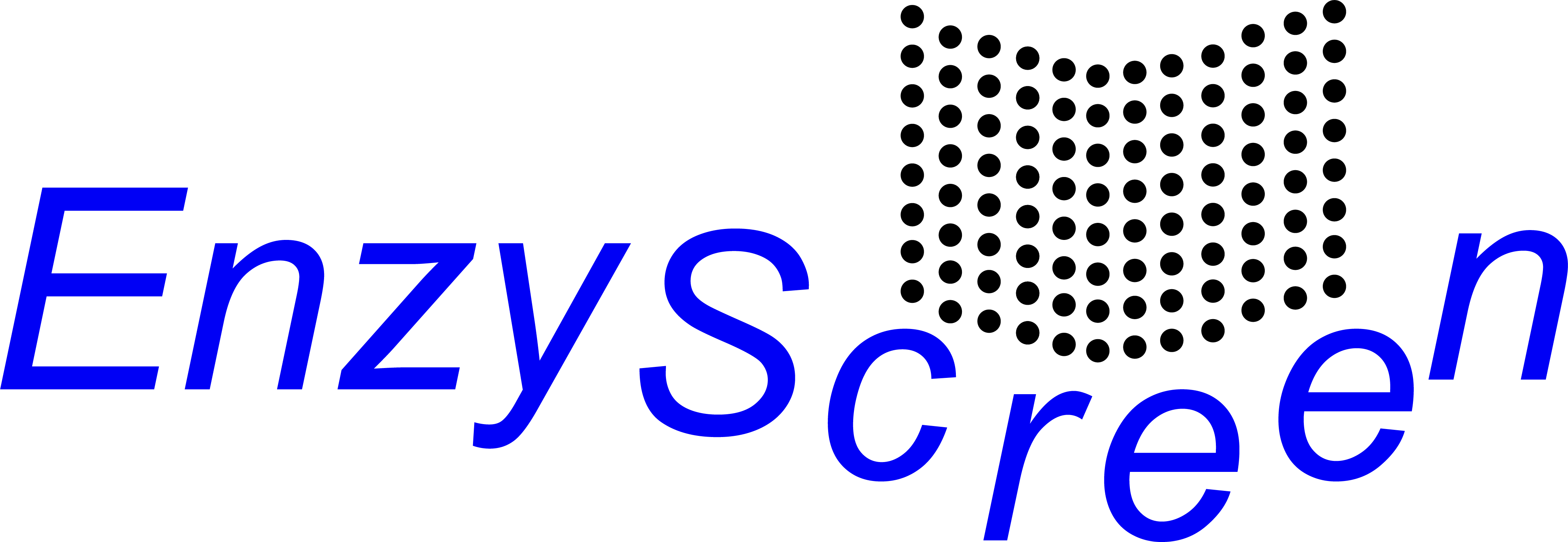Evaporation rates and vertical pressure required

Evaporation rates are - of course dependent - on both the temperature, and the relative humidity in your shaker-incubator.
The above table contains values for 30 and 37 degrees Celsius for sandwich covers with various sizes of the holes in the seals. Since evaporation is essentially only a real issue with long-term cultivations of animal-cell cultures (such as CHO and HEK cells) at 37 degrees Celsius, also rates for 80% humidity and 85% humidity are given.
The main limiting factor in increasing the humidity in shaker-incubators is possible fungal growth on the walls (due to water condensation on the walls; compare to black fungi growing in poorly ventilated showers). The degree of condensation (and so the risk of fungal growth) is dependent on the quality of the shaker incubator, especially the quality and thickness of the insulation material, but also the air circulation/mixing.
If your shaker does not have active humidification, you can consider to put one or several open Erlenmeyers filled with water onto the shaker platform (and - in order to keep the extra moisture inside - consider to close the ventilation holes of the shaker-incubator, if present). This is especially relevant for laboratories with dry air inside (e.g. as during winters in Scandinavia). It is useful to monitor the humidity by placing a small (battery-powered) humidity meter inside the incubator (you can ask us; we have plenty in stock)
Vertical pressure required.
The evaporation rates given in the table above are only valid for the classic sandwich covers if sufficient vertical pressure is exerted to prevent "leakage" of air, via slits between the rubber seal and the top surface of the microplate. This minimal force required is in the order of 100-200 N (10-20 kg) and is dependent on the flatness of the top surface of the microplate. Our clamps systems are made to apply these forces.
With our "Robot-friendly covers", we have done extra efforts to make the seal surface (there where the seals make contact with the walls of the wells) as flat as possible; the carbon plate - that is accurately attached to the seal - plays an important role in this respect. This results in a very narrow slit between the well walls on the one hand, and the seal on the other, even in the absence of any active clamping (so in the absence of a vertical force other than gravity). This slit will be maximally in the order of 0.05 mm, provided the MTP is fully flat at the top as well, and has exactly a 9 or 18 mm well-to-well distance (which is not always the case, especially not for some polypropylene 96-well MTPs). Such a small slit (in the order of 0.05mm) has been experimentally shown (in evaporation studies) to have no significant increasing effect on the total exchange of headspace air rate (mainly through the holes in the seal above the centre of all wells).
Airborne contamination (from the outside air) can - of course - still occur in case of such a small slit (in the order of 0.05mm), so we advice to apply a vertical pressure on the robot-friendly covers nevertheless.
All of the above - however - is only true if there are no vibrations causing movements of the covers relative to the microplate. Such vibrations are not only effectively prevented with our clamping systems (preferably used in combination with smoothly running shakers such as supplied by Kuhner), but also for example in the Cytomat™ 2 Selector , where the robot-friendly covers are fixated relative to the microplates with a proprietary clamping system.
Contact us
The best way to contact us is to use the form below. However, you may also contact Wouter Duetz directly by e-mail. This e-mail address can be found on the "about us" page.
Optionally you may provide us with additional details about your project; culture type & duration, throughput and desired culture volumes.
We are happy to assist you. We generally reply within a single business day.
